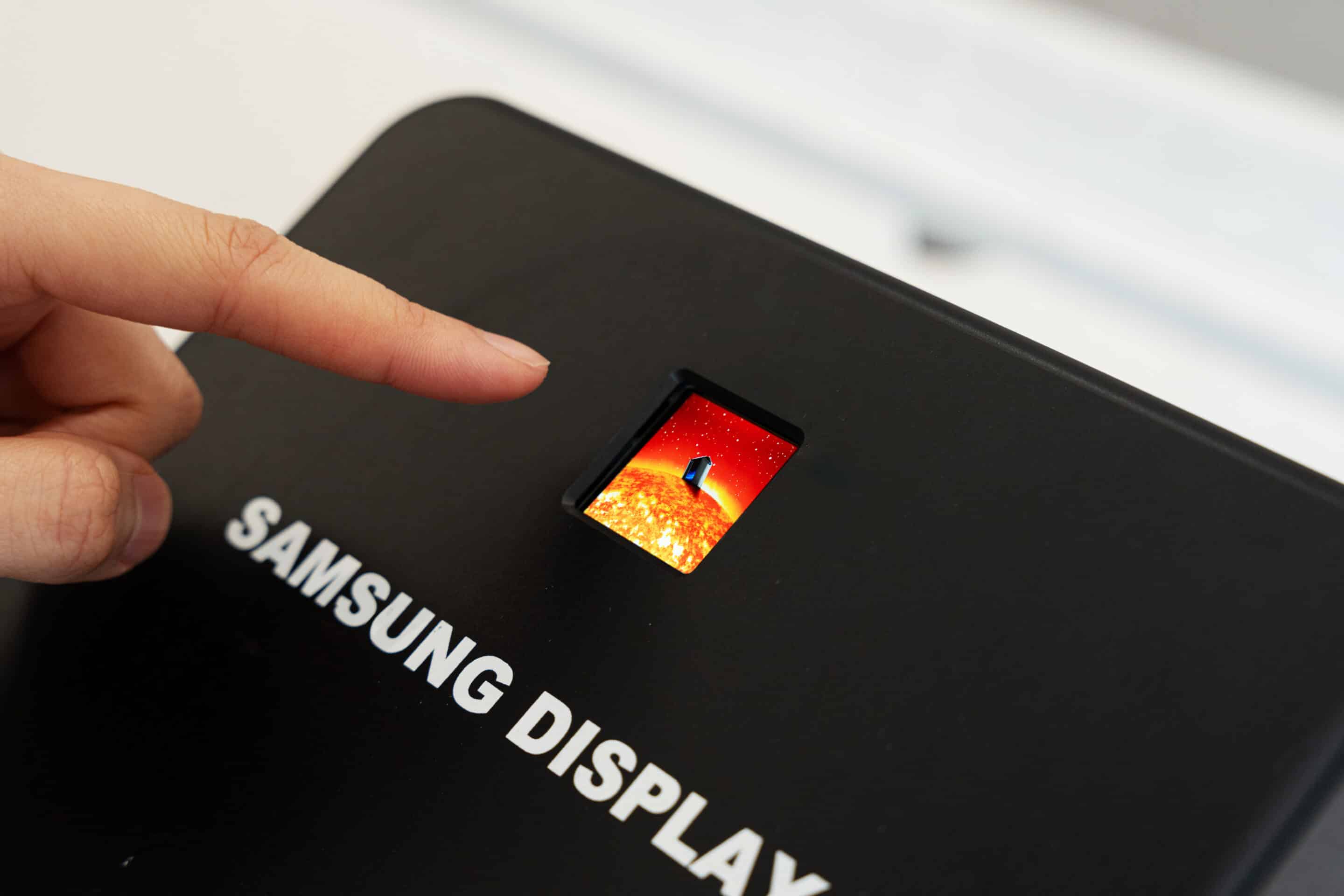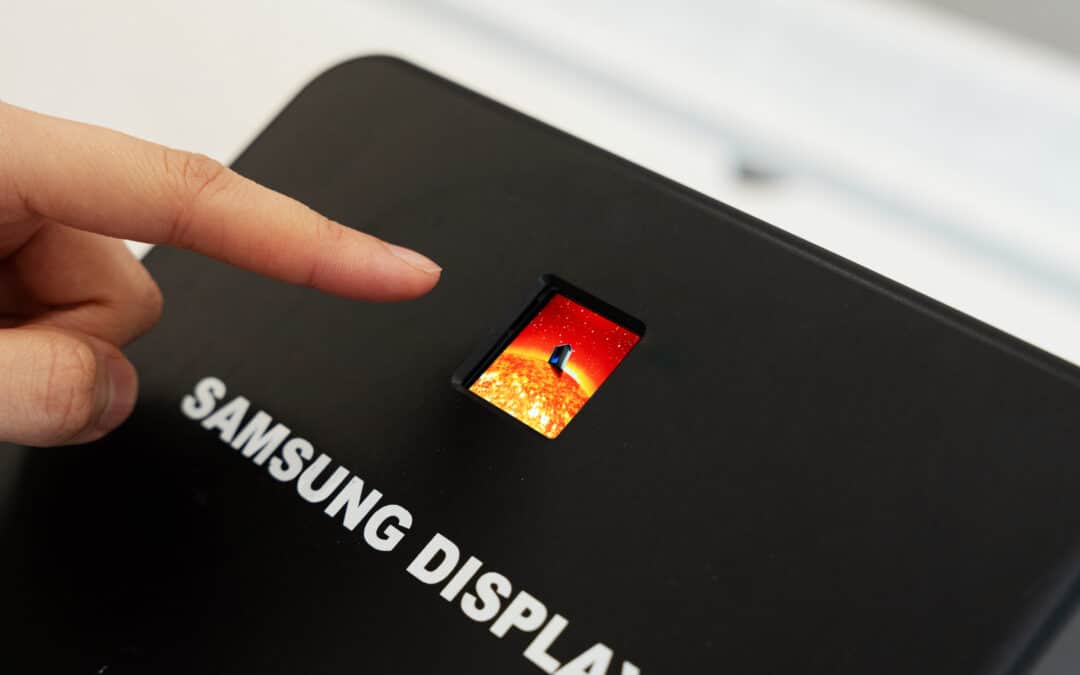Samsung Display develops and produces several display technologies, including OLEDs, MicroLEDs, and Quantum Dot (QD) displays. The company recently unveiled its OLEDoS panel for XR headsets as part of its strategic push into the extended reality (XR) market. It showcased the new panel at Display Week 2025, held from May 13 to 15 at the McEnery Convention Center in San Jose, California.
Samsung unveils OLEDoS panel technology
Designed for XR headsets, the new OLEDoS panel measures 1.4 inches diagonally, which is the standard size of a smartwatch screen. The company claims the new display will deliver higher resolution than an 8K TV, so we can expect the content to look very sharp. The panel has a 120Hz refresh rate, 5,000 PPI pixel density, and a peak brightness of a whopping 15,000 nits. Colors are taken care of as well, as the panel covers 99% of the DCI-P3 color gamut, ensuring the content will look accurate and vibrant.
Alongside the OLEDoS panel, Samsung also introduced a new RGB OLEDoS panel with a 4200 PPI, which is still impressive. The company managed to achieve a peak brightness of 20,000 nits with the new panel. Previously, we saw only the 5,000-nit version at SID 2024 and a 10,000-nit version at CES 2025. So, the latest RGB OLEDoS panel is the most advanced one to date.

There are two types of OLEDoS panel
OLEDoS is a major tech revolution that deposits organic materials directly onto a silicon wafer. As a result, the pixels can be as small as tens of micrometers, meaning more pixels can now be packed into compact spaces. It’s a key component in XR headsets and comes in two types: RGB OLEDoS and White OLEDoS.
Speaking of RGB OLEDoS, this panel makes colors using individually deposited red, green, and blue OLED subpixels, without requiring a color filter. This gives a wide color range and clear viewing from any angle. On the other hand, White OLEDoS uses a white OLED light source with RGB color filters to create colors.
Meanwhile, Samsung is gearing up to launch its first XR headset, Project Moohan, potentially in the second half of 2025. While Samsung has its own XR headset-ready display, it will reportedly feature Sony’s flagship OLEDoS panel on its first-generation XR headset. However, we may see Samsung’s OLEDoS panels in the next generation of XR devices.






